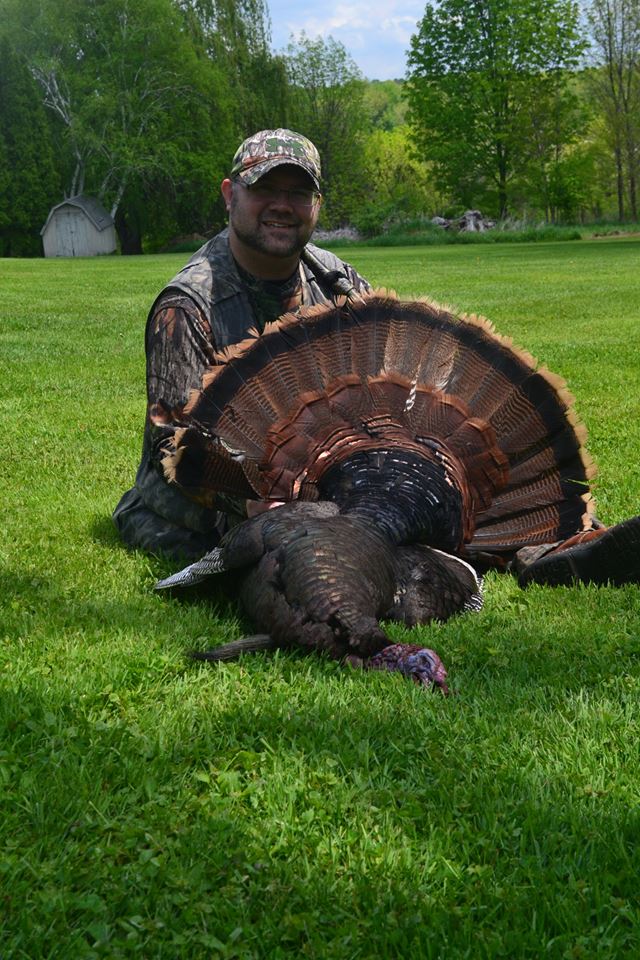Hearing the spine-tingling course of a gobbler is the real thrill of any spring gobbler hunt but outsmarting and harvesting a gobbler is the ultimate challenge and experience. Locating and calling up your spring gobbler will prove far easier and much more fun and meaningful if you understand spring and the habits of gobblers at this time of year. In any good turkey country, there are many more gobblers than required for reproduction needs. Spring Gobbler seasons are usually held during only a brief window of the spring mating season

Gobbler Haunts
In the spring gobblers tend to cover a large area in search of hens and prime feeding locations and each individual gobbler will seek to establish his own area and harem of hens. These areas are frequently held to the course of thundering gobbles and the marching of a love-sick fool. Some gobblers will gobble continuously from the crack of dawn until mid or late morning. These gobblers are very easy to locate and usually have no hens roosted nearby. Other gobblers roosting with hens may only give a few courtesy gobbles off the roost or as they normally do have a case of lock jaw. Gobbling and strutting and occasional fights slowly increase in frequency as breeding intensifies, but all activity is centered around breeding flocks. Their showing off is not for the benefit of the hens, who could care less at this point, but solely to deter other toms from infringing on their harem.
Vulnerability Increases Daily
Following minor peaks in gobbling is peak breeding. This period, during mid-March and into early May, often offers challenging hunting opportunities because hens are with gobblers most of the day for breeding purposes and gobbling activity is sparse and inconsistent. They will be much more vulnerable when these groups begin to break up and hens begin sneaking off to lay her clutch of eggs. As the season pushes on a lonesome gobbler is normally a loud gobbler. This is great news for hunters, because those lonely toms will be gobbling more and coming in easier to calling hunters. That doesn’t guarantee success, of course. But, gobblers’ vulnerability to hunters increases as their “go-to harem of hens” drop out of circulation and the competition for those remaining breeding hens becomes greater.

Hunt The Full Season
The gobblers’ vulnerability to hunters increases when hens begin to nest earlier, because their normal gaggle of hens is reduced as nesting hens drop out of the dating pool and competition among gobblers grows more intense for available hens. Although few Spring Gobblers can ever be described as easy for hunters to call in and kill, a lack of interested hens could make for some lonely toms that could be gobbling more in search of hens and coming a bit more eagerly to hunters’ calls. You can many times judge what an individual gobbler will do by the way he responds to your first series of calls.



















![The Best Deer Camp Chili [VIDEO] Deer Chili Ingredients, Tomatoes, Chili Spices](/wp-content/uploads/2015/10/Deer-Chili-Deer-Camp-Recipe-218x150.jpg)
![How to Call Elk Early in the Season [VIDEO]](/wp-content/uploads/2016/08/byers003-218x150.jpg)





![Idiots Disturb Hunter: How Would You Have Handled It? [VIDEO]](/wp-content/uploads/2015/10/DSC00110-e1474487693878-100x70.jpg)
![Albino Buck Shocked to Shed His Antlers [VIDEO]](/wp-content/uploads/2015/10/AlbinoDeer-100x70.jpg)